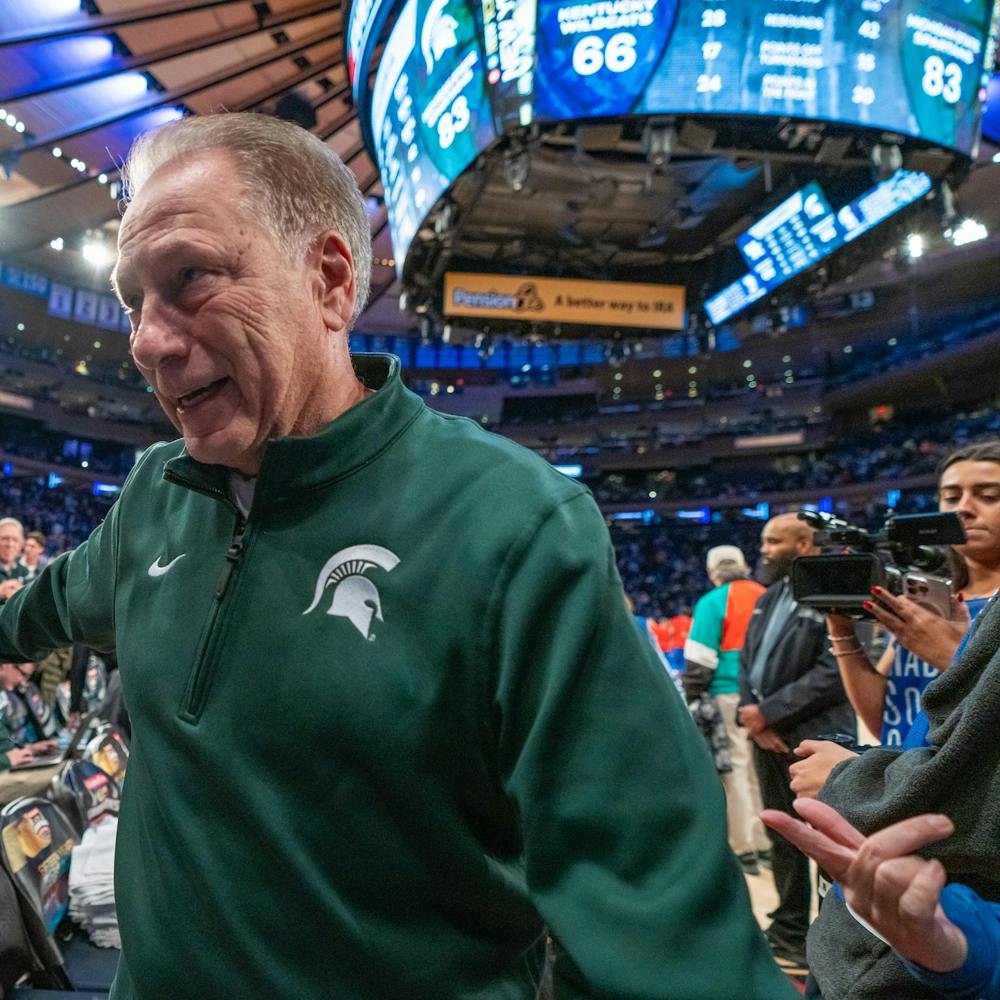What makes the university system in the U.S. worthwhile is the diversity and variety that each institution offers to prospective students.
One school might offer a great engineering program while another may specialize in liberal arts. The variety makes choosing a school an important and exciting decision.
For many, this variety is established by money given to the university by donors. Certain programs receive more money than others, making them more prominent within the university.
In January, the Senate Finance Committee sent a query to the nation’s 136 wealthiest universities and colleges in an attempt to find out how endowment money is used.
According to some of the 131 institutions that have responded thus far, including Harvard University and the University of Texas, about 80 percent or more of endowments have restricted use based on donor specifications.
That means a majority of money donated to universities is slated for specific programs.
Donations are a good way for graduates and university sponsors to have an effect on what the university does and its valued programs.
In the case of public universities, donations are a great way for the public to have a say in what goes on inside its state’s institutions.
For example, the expanded Duffy Daugherty Football Building currently being built was paid for with a $5 million donation from MSU alumnus Bob Skandalaris. And the future Eli and Edythe Broad Art Museum was made possible by a $26 million donation by the Broads.
While the endowment system isn’t equal, leaving some programs economically short-handed, it’s one way a university — including MSU — can develop a renowned program that’s known nationally or even internationally.
One problem that arises with endowments, however, is time. For instance, if a university was given money decades ago to pursue research in railroads, that money essentially would be useless in today’s society where railways are not as heavily researched.
And because endowments grow with interest and investment, some of these dated funds can become large, unused sums of money.
Universities should act to prevent the possibility of unused funds. If a donor proposes an endowment that could potentially be useless in the future, the university and the donor should work together toward a broader, less restricted donation.
But for the most part, donations remain a good way to help establish university programs and ensure their growth in the future.
Through donations, universities develop character, personality and distinct atmospheres.
It’s one of the few ways to ensure a person’s wishes for the institution will someday become a reality.
Support student media!
Please consider donating to The State News and help fund the future of journalism.
Discussion
Share and discuss “Donations determine direction of universities” on social media.





